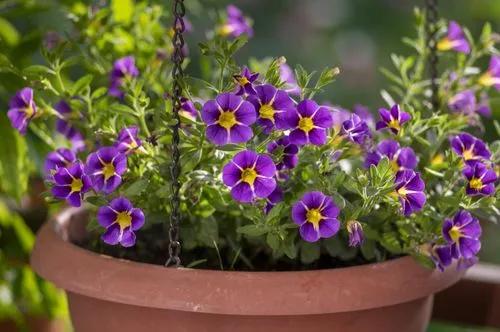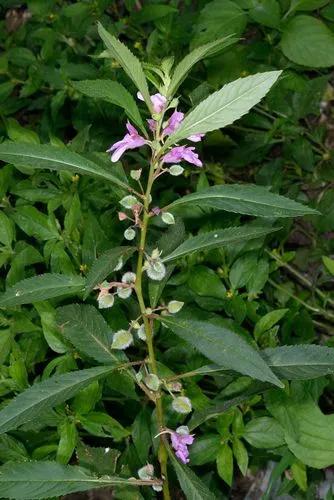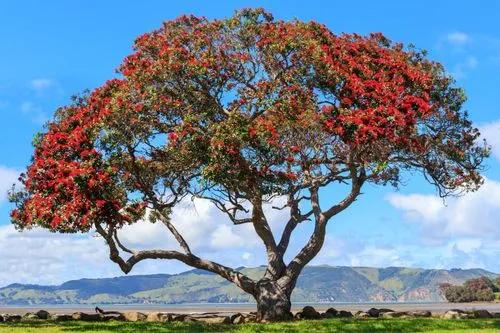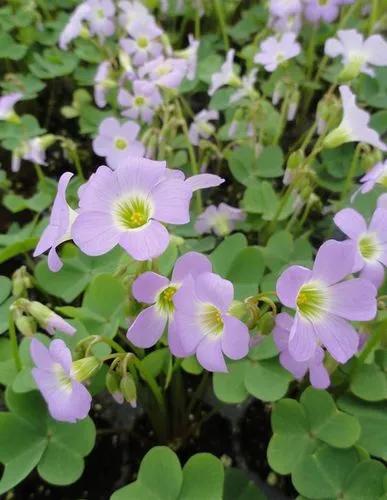Turnera diffusa, commonly known as damiana or Mexican holly, is a hardy flowering shrub that grows in the dry and sandy areas of U.S. Department of Agriculture hardiness zones 9 through 11. This evergreen plant sports small yellow flower buds and, with proper care, reaches heights between 2 and 6 feet. The sweet-smelling and disease-resistant damiana makes for a low-maintenance ornamental shrub or a fragrant addition to herb gardens, as it lends itself to teas and spices.
Damiana Care
Turnera Diffusa



How to Care for the Plant

Water

Damiana grows best when watered on a regular basis. However, it should always be poured so much that the first few 2-3 cm (1-1.2 in) of the earth are moistened. Excessive watering can affect growth and cause lasting damage to the plant.

Fertilizer

Damiana can also grow in more extreme locations. The plant is quite undemanding in terms of nutrient supply. However, as the plant grows in pot culture in most cases, a normal flower fertilizer should be given in small amounts every four to six weeks.

Sunlight

Sunny to full sun locations

Soil

The plant has only few claims to the ground, although a slightly moist and well drained soil seems optimal. Peaty and loamy soils, however, can be problematic. If no other soil types are available, the soil should first be loosened up with sand.

Temperature

As a tropical plant damiana is not hardy and has only a very low frost tolerance. It should overwinter already at the beginning of autumn to a place that has at least 14 ° C (58 ° F). From mid-May, it can then be put outside again.

Popularity

33 people already have this plant 9 people have added this plant to their wishlists
Discover more plants with the list below
Popular articles






